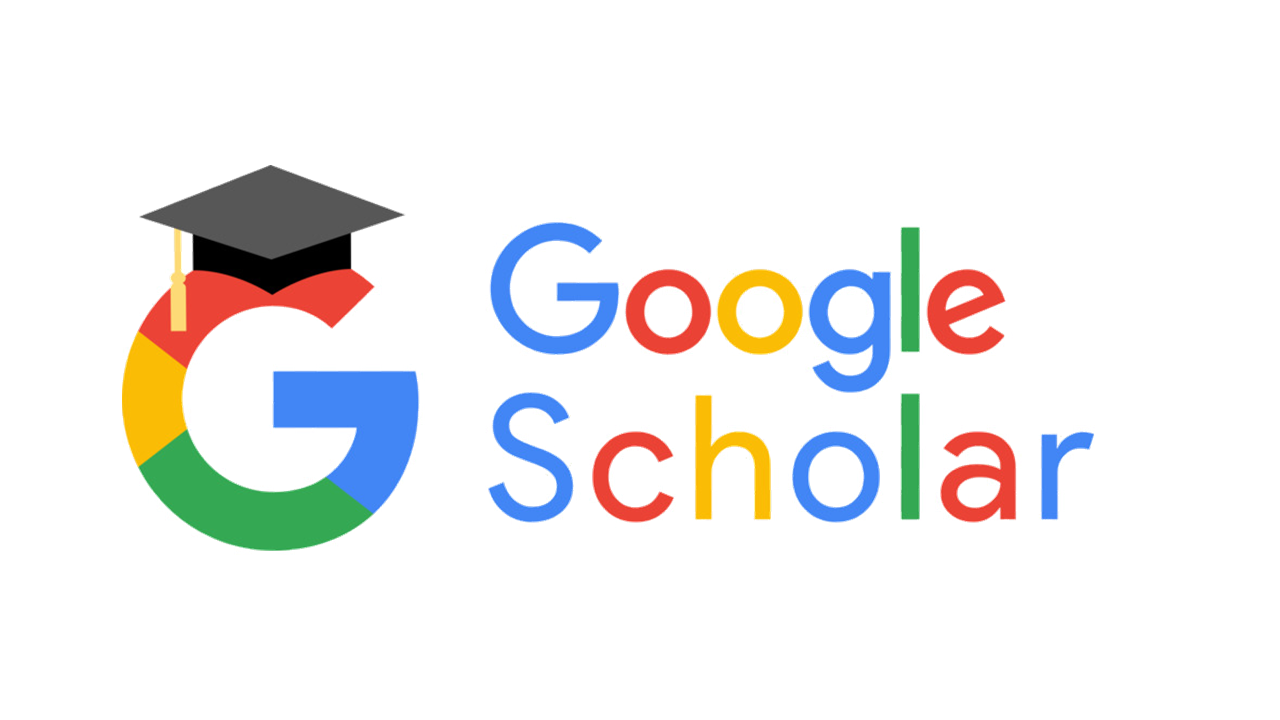OPTIMASI PEMBUATAN PEREKAT KAYU ALAMI DENGAN MEMANFAATKAN LIMBAH PENYAMAKAN KULIT
DOI:
https://doi.org/10.32493/jitk.v4i1.3721Keywords:
split leather, glue, collagen, collagen hydrolysisAbstract
In the leather tanning industry, split leather is the bottom that does not have a layer of genuine leather. In one ton of garaman skin (fresh skin that has been preserved with salt) An estimated 11.5% split skin or the amount of 115 kg. There are still many that are produced later which are used for other purposes that can obtain added value of these products, for example for making krecek (skin crackers). Research has been carried out to utilize the split-lit waste from the leather tanning industry. Therefore this research of skin waste was carried out to produce glue using the collagen hydrolysis process using a hydrochloric acid catalyst (HCl). The process of hydrolysis in this experiment using HCl catalyst which run in beaker glass with magnetic stirrer. Then with a certain temperature-split skin is heateduntil it becomes thick and the solution filtered. After the filtrate is evaporated in the oven until a constant weight in the form of glue. From the experiments have been conducted on the variable the ratio between the weight of substances reacting to the volume of water, with 5% HCl catalyst as much as 10 mL, stirring speed of 250 rpm and temperature 70-75oC obtained under optimum conditions at the reaction time of 3 hours that is cow leather in the ratio of matter 30gr/200 mL water of reagents with the results of glue as much as 6.90gr 10.8 grams, the yield is 35.35%, and adhesive firmness of 15.41kg/cm2. Whereas for goat leather in the ratio of matter 20gr/200mL water with the results of glue as much as 6.90gr, the yield is 28.66%, and the adhesive firmness is 7.70kg/cm2Downloads
Published
How to Cite
Issue
Section
License
Authors who publish with this journal agree to the following terms:
1. Authors retain copyright and grant the journal right of first publication with the work simultaneously licensed under creativecommons.org/licenses/by-sa/4.0 that allows others to share the work with an acknowledgement of the work's authorship and initial publication in this journal.
2. Authors are able to enter into separate, additional contractual arrangements for the non-exclusive distribution of the journal's published version of the work (e.g., post it to an institutional repository or publish it in a book), with an acknowledgement of its initial publication in this journal.
Authors are permitted and encouraged to post their work online (e.g., in institutional repositories or on their website) prior to and during the submission process, as it can lead to productive exchanges, as well as earlier and greater citation of published work (See The Effect of Open Access).
Jurnal Ilmiah Teknik Kimia have CC-BY-SA or an equivalent license as the optimal license for the publication, distribution, use, and reuse of scholarly work.
In developing strategy and setting priorities, Jurnal Ilmiah Teknik Kimia recognize that free access is better than priced access, libre access is better than free access, and libre under CC-BY-SA or the equivalent is better than libre under more restrictive open licenses. We should achieve what we can when we can. We should not delay achieving free in order to achieve libre, and we should not stop with free when we can achieve libre.
Jurnal Ilmiah Teknik Kimia is licensed under a Creative Commons Attribution 4.0 International License
YOU ARE FREE TO:
- Share — copy and redistribute the material in any medium or format
- Adapt — remix, transform, and build upon the material for any purpose, even commercially.
- The licensor cannot revoke these freedoms as long as you follow the license terms.






